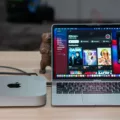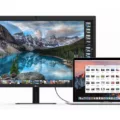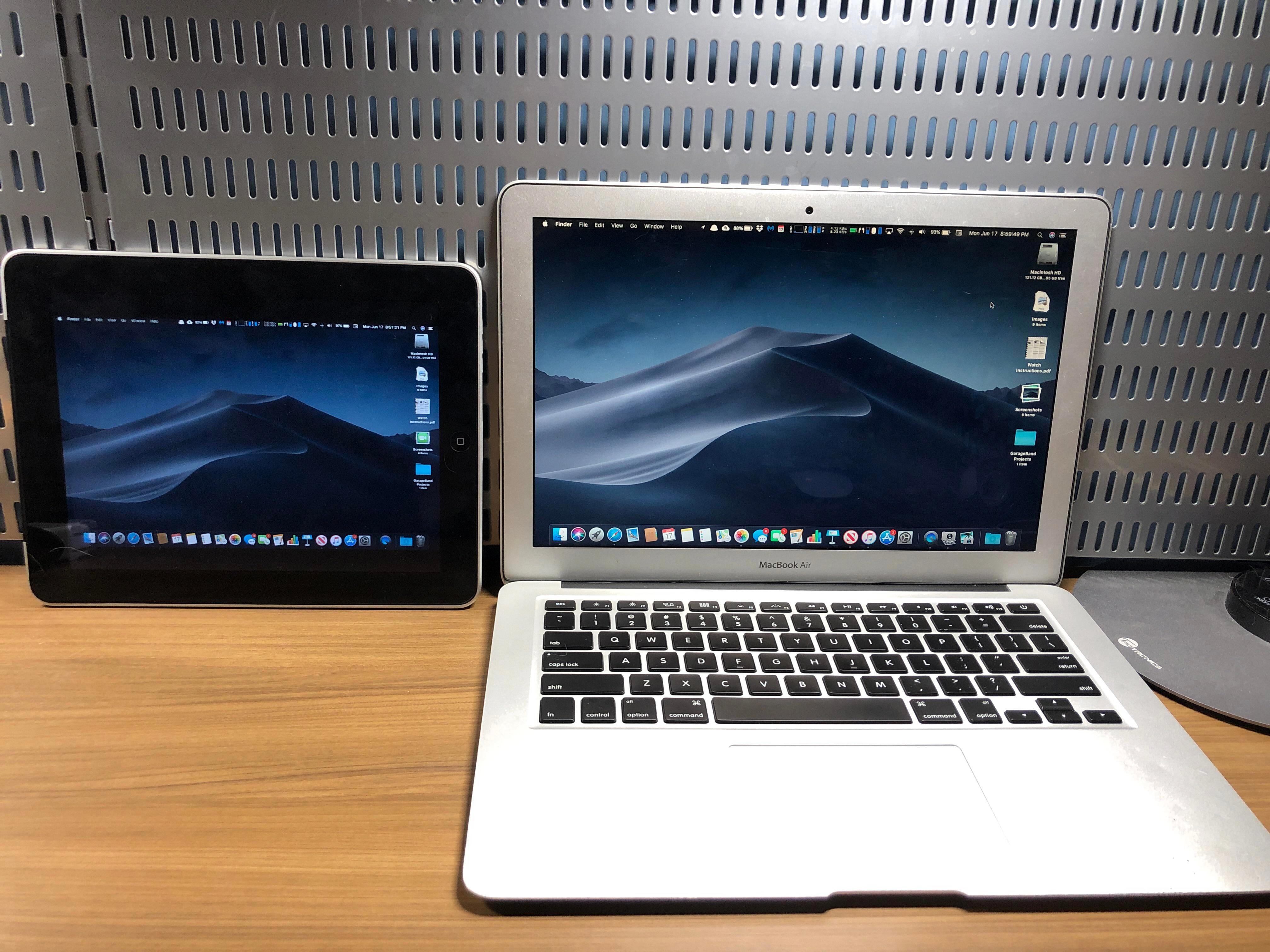If you’re looking for a powerful laptop with great portability, the Macbook Air is an excellent choice. Its ultra-thin, lightweight design makes it easy to carry around and its long battery life ensures that you won’t have to worry about recharging it on the go. But one of the best features of the Macbook Air is its ability to wirelessly connect to your TV.
You can now easily stream content from your Macbook Air directly onto your TV for a truly immersive experience. Whether you want to watch movies or play games, you can do it all from the comfort of your couch. Here’s how easy it is to connect your Macbook Air to your TV wirelessly:
First, make sure both devices are connected to the same Wi-Fi network. Then, go into the settings of both devices and look for “AirPlay” or “Mirroring” options. When you find them, select them and follow any additional instructions that appear on the screen.
Once you have everything set up, open up a movie or game on your Macbook Air and select “AirPlay Display” from the dropdown menu at the top right corner of your computer screen. Select your TV from the list of available devices and voila! You can now enjoy whatever content is on your Macbook Air directly on your big-screen TV!
The great thing about this setup is that it doesn’t require any cables or adapters – just a few simple steps and you are all set! With this connection between your Macbook Air and TV, you can watch movies in stunning clarity or play games with sharp graphics – all without having to worry about tangled wires or bulky adapters getting in the way.
So if you want an ultra-portable laptop with great wireless connectivity options, look no further than the Macbook Air!
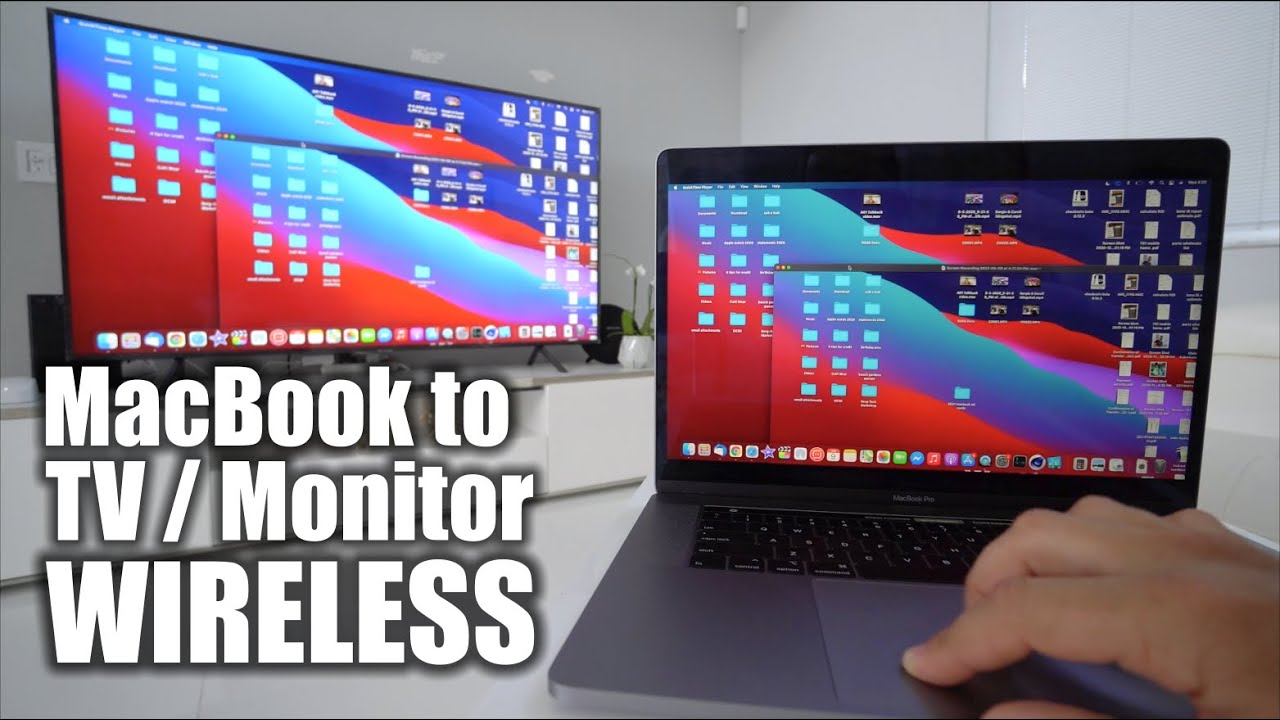
Connecting a MacBook Air to a TV Wirelessly Without Apple TV
Connecting your MacBook Air to your TV wirelessly without Apple TV is possible, although it will require a few extra steps. Firstly, you’ll need to make sure that both your MacBook Air and your TV are connected to the same Wi-Fi network. Then, on your MacBook Air, open the System Preferences window and select Displays. In the Displays window, choose the AirPlay icon and select your TV from the list of available devices. If prompted for a password, enter the one associated with your Wi-Fi network. Once you’ve connected via AirPlay, you will now be able to stream content from your Mac to your TV screen wirelessly. You can also use an HDMI cable for a wired connection if you prefer.
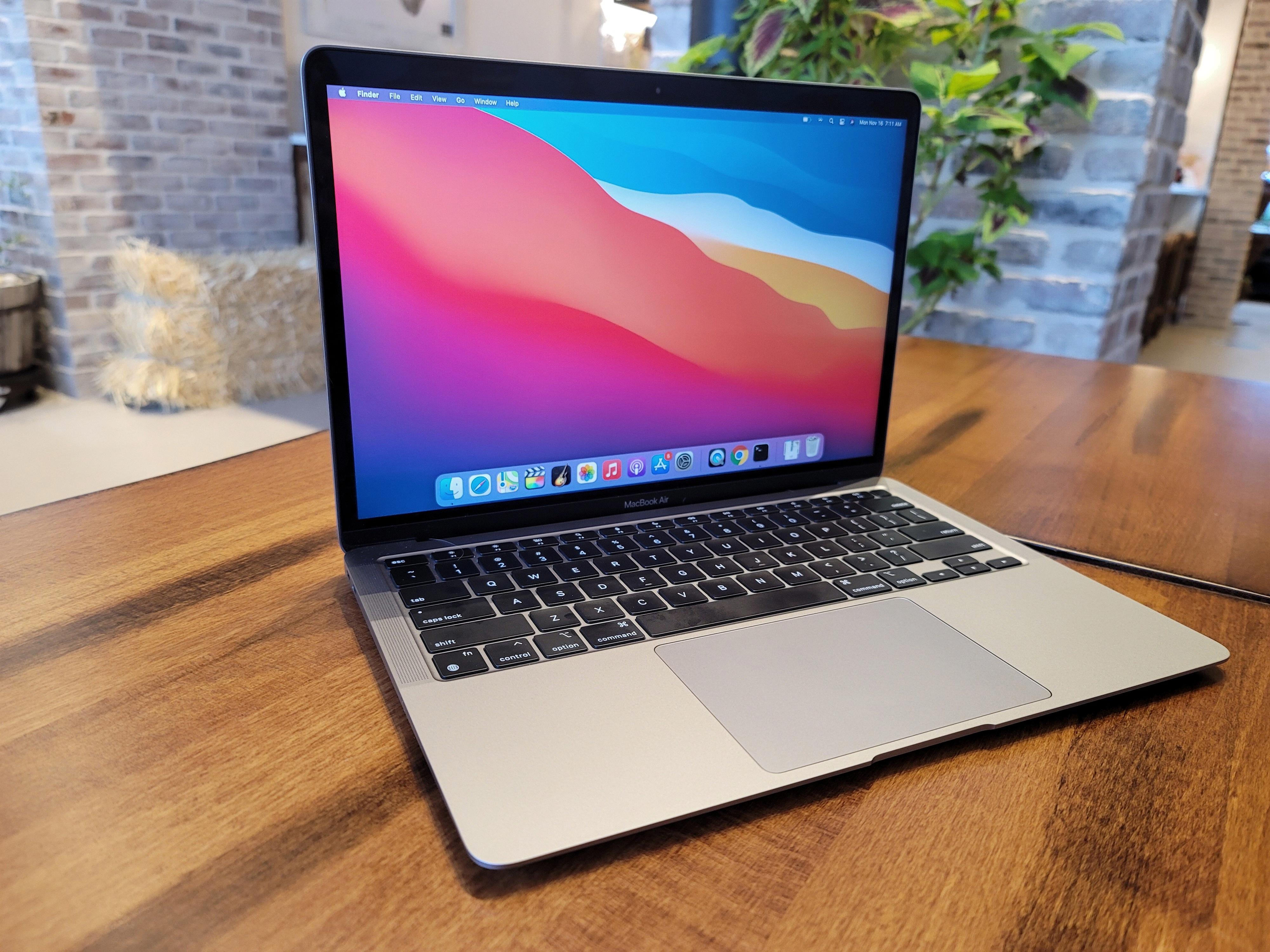
Source: techcrunch.com
Connecting a MacBook Air to a TV
Yes, you can connect your MacBook Air to your TV. To do this, you’ll need a video cable that connects your Mac’s display port to the video input port on your TV. If the ports on your Mac and TV don’t match up, you may need an adapter for the cable. Additionally, you can also use AirPlay to mirror or extend your Mac’s display to an Apple TV connected to your TV.
Mirroring a MacBook to a TV Wirelessly
To wirelessly mirror your MacBook to your TV, first, make sure both devices are connected to the same Wi-Fi network. Then, on your Mac laptop open the menu bar and select the AirPlay icon. From the dropdown menu choose the option labeled “Mirror Built-In Display”. This will match your MacBook’s ratio and resolution on the TV. If you want to adjust any of these settings you can also choose one of the other two options available in the dropdown menu (“Match Desktop Size” or “Use AirPlay Display To Mirror”). Once you’ve selected an option, your laptop screen will be mirrored on your TV.
Connecting a MacBook Air to a TV Without HDMI
You can connect your MacBook Air to your TV without HDMI by using an Apple Digital AV Adapter. This adapter allows you to connect your laptop to your TV using an HDMI cable. It also supports audio output, so you will be able to hear audio from the laptop on the TV. To use this adapter, simply plug one end into an HDMI port on the TV and the other end into a Thunderbolt port on your Macbook Air. Then, select the appropriate source on your TV’s input menu and you should be good to go!
Connecting a MacBook to a TV Without a USB
Connecting your MacBook to your TV without USB is possible with an HDMI cable. To do this, you will need to purchase an HDMI cable and plug one end into the port on your MacBook, and the other end into the HDMI port on your TV. If your MacBook has a Mini DisplayPort, you can also use a Mini DisplayPort-to-HDMI adapter to connect it to an HDMI-enabled TV. Additionally, if your MacBook has a Thunderbolt 3 (USB-C) port, you can use a USB-C Digital AV Multiport Adapter to connect it to an HDMI-enabled TV.
Screen Mirroring Without AirPlay
Answer: Screen mirroring without AirPlay is possible by using an HDMI cable and adapter. First, you will need to connect the HDMI cable to your TV, then the other end of the HDMI cable to an HDMI adapter. Once the adapter is connected, you will need to plug your phone into the adapter. Finally, switch to the HDMI input on your TV and your device should be mirrored automatically.
Connecting a Laptop to a TV Without HDMI
If your laptop does not have an HDMI port, the most common alternative is to use a VGA (D-Sub) cable. This type of cable will only carry video from your laptop to the TV, so you’ll need to use a 3.5mm audio port to send audio from your laptop to the TV, or external speakers. To connect using a VGA cable, plug one end into your laptop’s VGA port and connect the other end to an available VGA port on your TV. Once connected, change the input on your TV to receive the signal from the laptop. Additionally, you may need an adapter depending on the types of ports available.
Connecting a Laptop to a TV Wirelessly
To connect your laptop to your TV wirelessly, you’ll need to make sure that both devices are connected to the same WiFi network. Then, you will need to enable a wireless display feature on your laptop. Depending on the type of laptop you have, this feature may be labeled as “Miracast,” “WiDi,” or “Wireless Display.” Once enabled, you will then need to search for and select your TV from the list of available devices. Finally, you’ll be prompted with a connection code which needs to be entered on both devices in order for them to connect.
Mirroring a MacBook to a TV Without Apple TV
Mirroring your MacBook to your TV without Apple TV is possible with an HDMI cable. To begin, start both your Mac and TV, then connect them with an HDMI cable. Use the remote control of your TV to select the HDMI source and then your Mac screen will be mirrored on the TV. If you’re using a newer version of macOS, you can also use AirPlay Mirroring to mirror your Mac’s display to a compatible Apple TV or smart TV. Additionally, some TVs now support direct mirroring from macOS devices over Wi-Fi, so check with the manufacturer of your television for more information on this feature.
Mirroring a Mac to a TV: Challenges and Solutions
It’s possible that your Mac and TV are not compatible with AirPlay or screen mirroring. To check, make sure that both your Mac and TV are updated to the latest software and are connected to the same Wi-Fi network. If they meet the requirements, then try restarting both devices. If you still can’t mirror your Mac to your TV, then it’s likely that the two devices are not compatible with each other.
Mirroring a MacBook to a TV
To mirror your MacBook to your TV, you will need to download the AirBeamTV Mac app for Android TV. Once it is downloaded, open the app and connect your laptop to the same WiFi network as your TV. On your MacBook, open the AirBeamTV app and select the option to start mirroring. Your Mac screen should then appear on your TV. To end the mirroring session, simply close the AirBeamTV app on both devices.
Connecting a Mac to a Monitor Without HDMI
Yes, you can connect your Mac to a monitor without HDMI. You will need to purchase an adapter that is compatible with the type of connection your monitor has. Common adapters include MiniDisplay-to-DVI, MiniDisplay-to-VGA, and HDMI-to-DVI. Make sure to check the specifications of your monitor before purchasing an adapter to ensure it is compatible.

